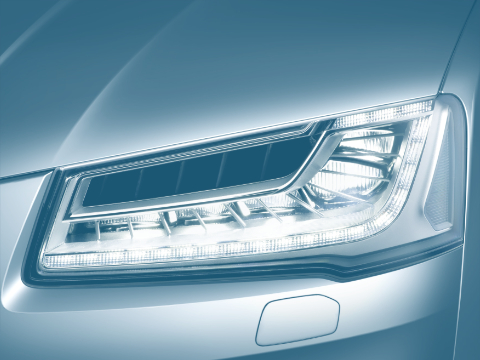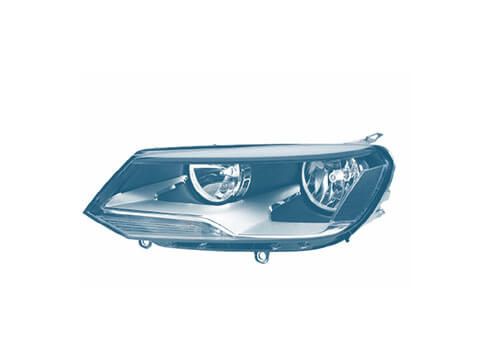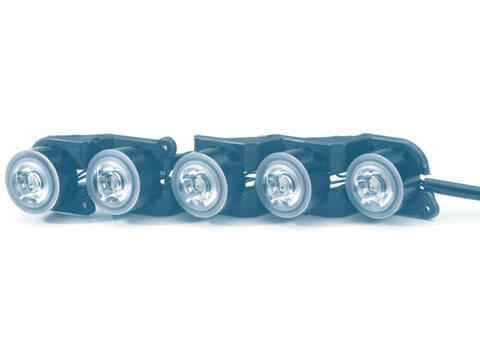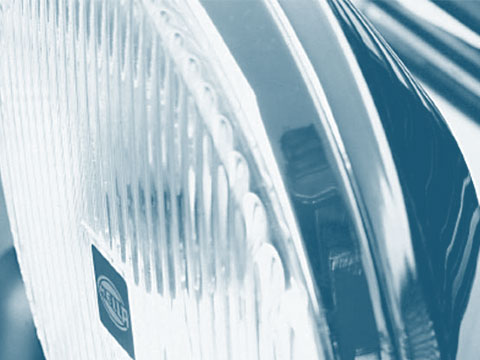Cornering light
Cornering light is produced by vehicle headlights by switching in extra lighting to supplement the dipped beam on tight bends, at junctions or when turning into a road.
Function
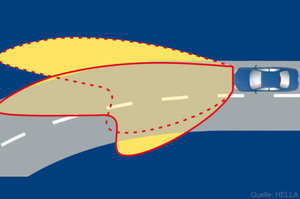
The cornering light is activated by setting the turn signal indicator or via speed parameters. With static cornering light or turning light, light from a separate reflector or projector is additionally switched in on the inside of the bend. With dynamic cornering light, the headlights swivel to the inside of the bend as a function of the bend radius. Use is made of halogen lamps for static cornering light. Dynamic cornering light can be produced both by halogen lamps and by swivel-type bi-xenon projection systems.
Different versions
Dynamic cornering light
One of the first light-based assistance systems was the dynamic cornering light introduced in 2003. With this system, the light modules swivel in line with the steering angle, thus virtually doubling the visible area when cornering.
Adaptive Frontlight System (AFS)
The Adaptive Frontlight System (AFS) launched in 2006 is a more advanced version of the dynamic cornering light. In this case, not just the steering angle but also the vehicle speed is used as a parameter for illumination of the road. Based on this internal vehicle data, different light distributions can be produced by way of the drum of the VarioX module, e.g. for urban roads, country roads, poor visibility or motorways.
Adaptive cut-off
The development of the adaptive cut-off goes one step further, using data from the area surrounding the vehicle as a basis for generating the light distributions. A camera detects oncoming vehicles and vehicles ahead, and a stepper motor turns the drum of the VarioX module to the required position in a matter of milliseconds. This means that the light beam always ends just in front of the oncoming vehicle or behind the vehicle ahead.
Protection of the environment
A lot of cornering light systems make use of LED technology. As LEDs are more or less wear and maintenance-free and generally have an extremely long service life, they are considered to be particularly environment-friendly. The significantly reduced energy consumption also has a positive effect on exhaust emissions and fuel consumption.
Value retention
The longer service life of LEDs and their freedom from wear and maintenance make a good contribution to value retention, as no additional costs arise from the car being out of service or for replacement work. The use of LED technology is justified simply by not having to keep changing bulbs.
Safety
Cornering light has an enormous influence on road traffic safety, as it virtually doubles the visible area when cornering and provides optimum illumination of the road surface. Drivers can thus recognise the course of a bend sooner and adapt their driving style accordingly. Pedestrians and other possible hazards are also picked out more quickly by the light beam.









